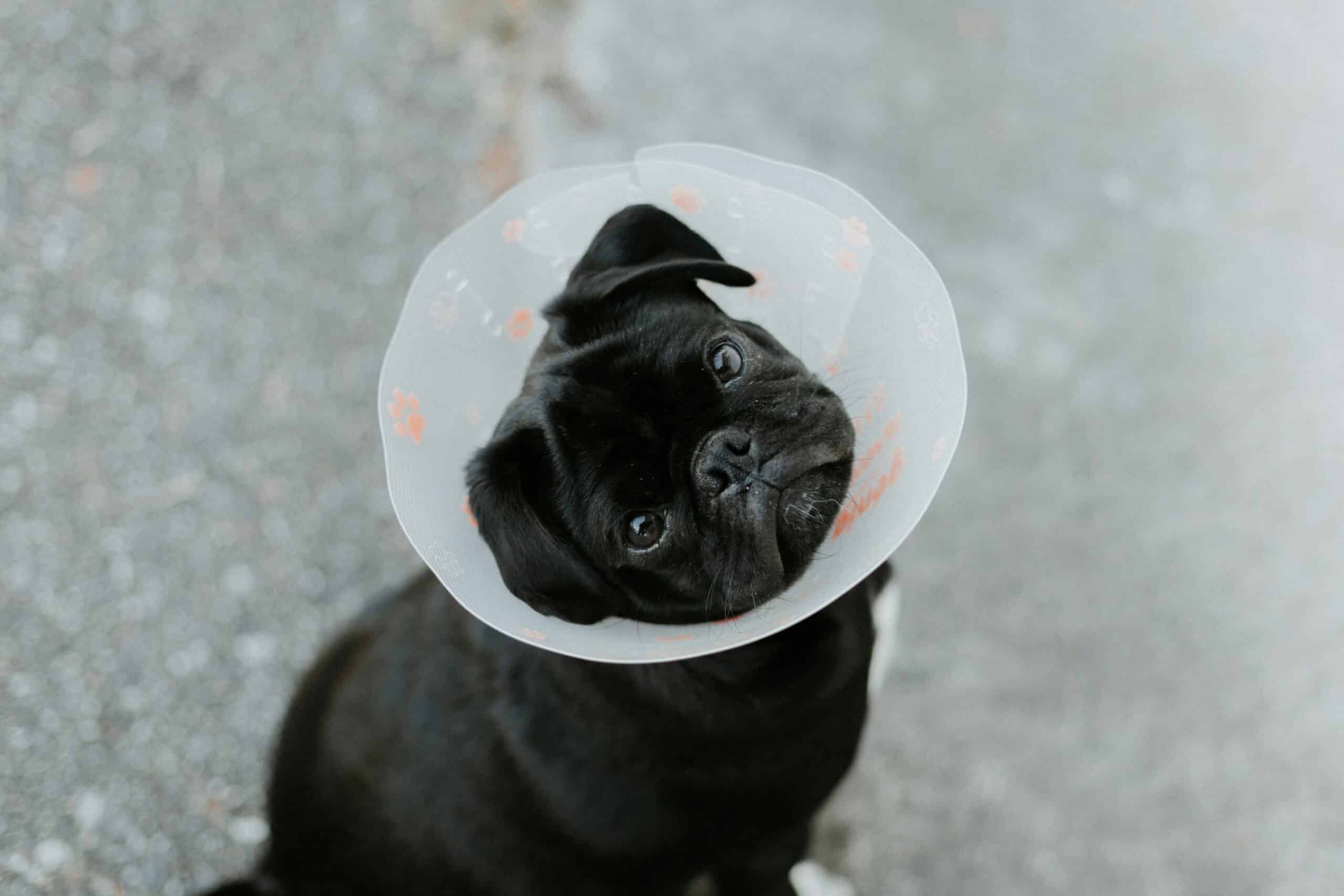
New Pet Parent Checklist: First Steps After Adoption
Bringing home a new pet is an exciting and emotional experience, whether you’ve adopted a playful puppy, a sleepy senior dog, or a curious kitten. But what happens after the happy homecoming? As a new pet parent, there are a few essential steps you should take in the first days and weeks to make sure your furry friend stays happy and healthy.
Here’s your go-to checklist for starting off on the right paw.
1. Schedule a Veterinary Visit
Even if your pet seems healthy, a post-adoption vet visit is a must.
What to expect:
- Full physical exam
- Review of vaccination records
- Parasite prevention (fleas, ticks, heartworm)
- Microchip scan or insertion
- Nutritional recommendations
Tip: Call Helping Paws Animal Hospital to schedule your first wellness check within the first week of adoption for spay or neuter.
2. Pet-Proof Your Home
Pets love to explore, chew, and get into places they shouldn’t.
Check for and secure:
- Electrical cords
- Toxic plants (like lilies, philodendrons, or sago palms)
- Household cleaners and medications
- Loose objects they could swallow
3. Stock Up on the Essentials
Make sure your pet has everything they need from day one.
Starter list:
- Food and water bowls
- Pet food recommended by your vet
- Collar, ID tag, and leash
- Crate or carrier
- Bed, toys, and grooming supplies
- Litter box (for cats)
4. Establish a Routine
Pets thrive on structure.
- Feed your pet at the same times each day
- Set up a consistent potty or walk schedule
- Begin training and use positive reinforcement
- Give them a safe space (like a crate or designated room) to relax
5. Start Preventative Care
Prevention is key to a long, healthy life.
- Vaccines
- Flea/tick/heartworm prevention
- Dental care (yes, even for pets!)
- Annual wellness exams
6. Learn to Read Their Body Language
Your pet can’t talk, but they’re always communicating.
Watch for:
- Tail position
- Ears and eyes
- Whining, barking, or hiding
- Appetite changes or lethargy
Noticing something unusual? Trust your instincts and call your vet.
7. Register Their Microchip & ID Tag
A microchip is only helpful if your contact info is updated.
- Register your pet’s chip online
- Make sure they wear a collar with a tag at all times
- Keep photos of your pet on hand just in case
Bonus: Give Them Time to Adjust
Even the most confident pets need time to adjust to a new environment.
- Be patient and gentle
- Allow them to explore at their own pace
- Create a calm, consistent environment
Ready to Get Started? We’re Here to Help!
Whether you’re a first-time pet parent or adding to your furry family, Helping Paws Animal Hospital is here to support you. Schedule your new pet’s spay or neuter appointment and let’s make sure their new life starts off healthy and happy.📍 3840 Wadsworth Blvd Wheat Ridge,
📞 (303) 537-7209
🌐 https://hpvets.com/



